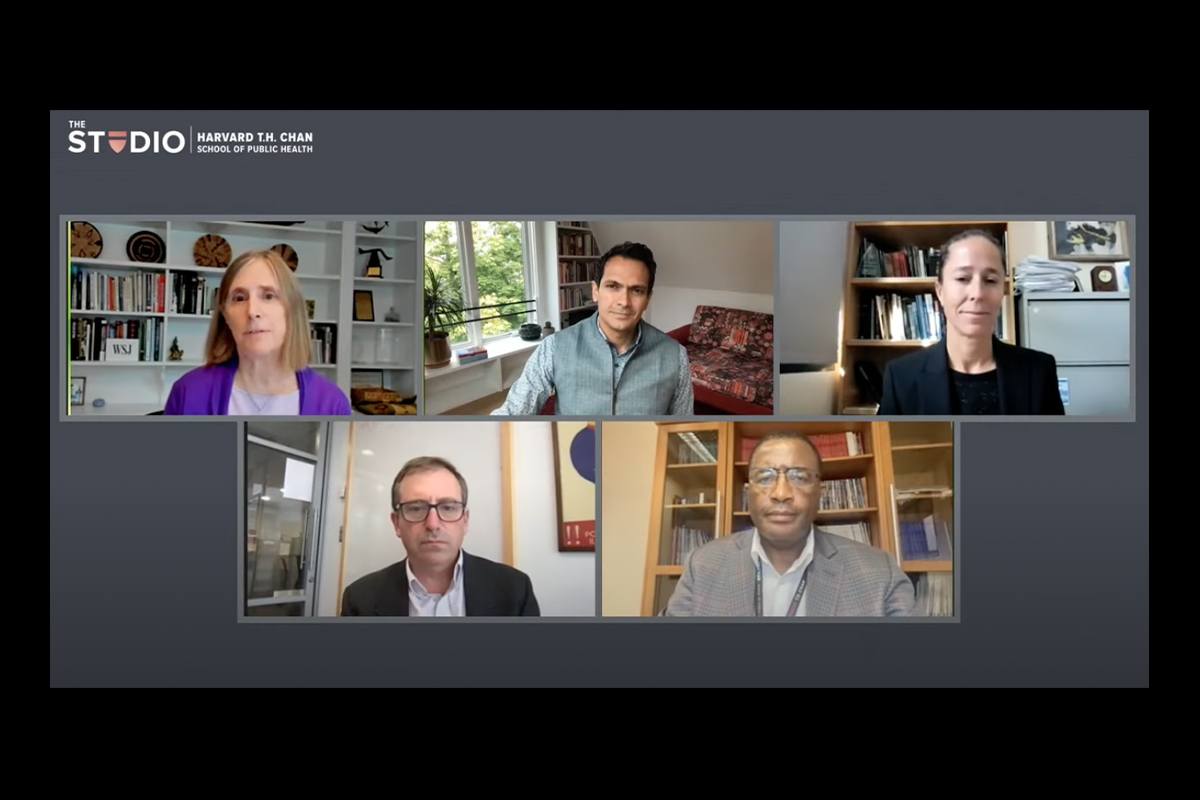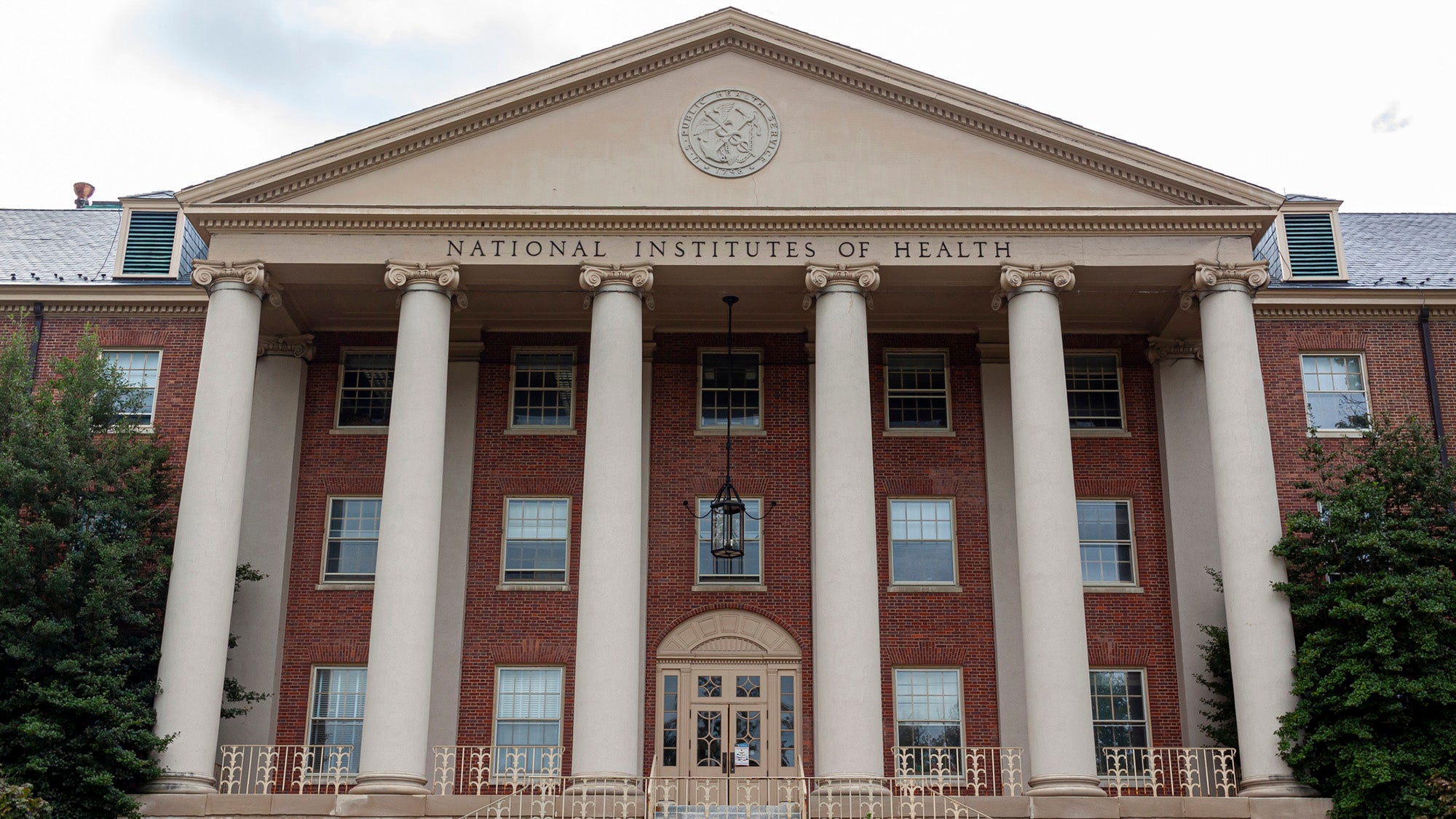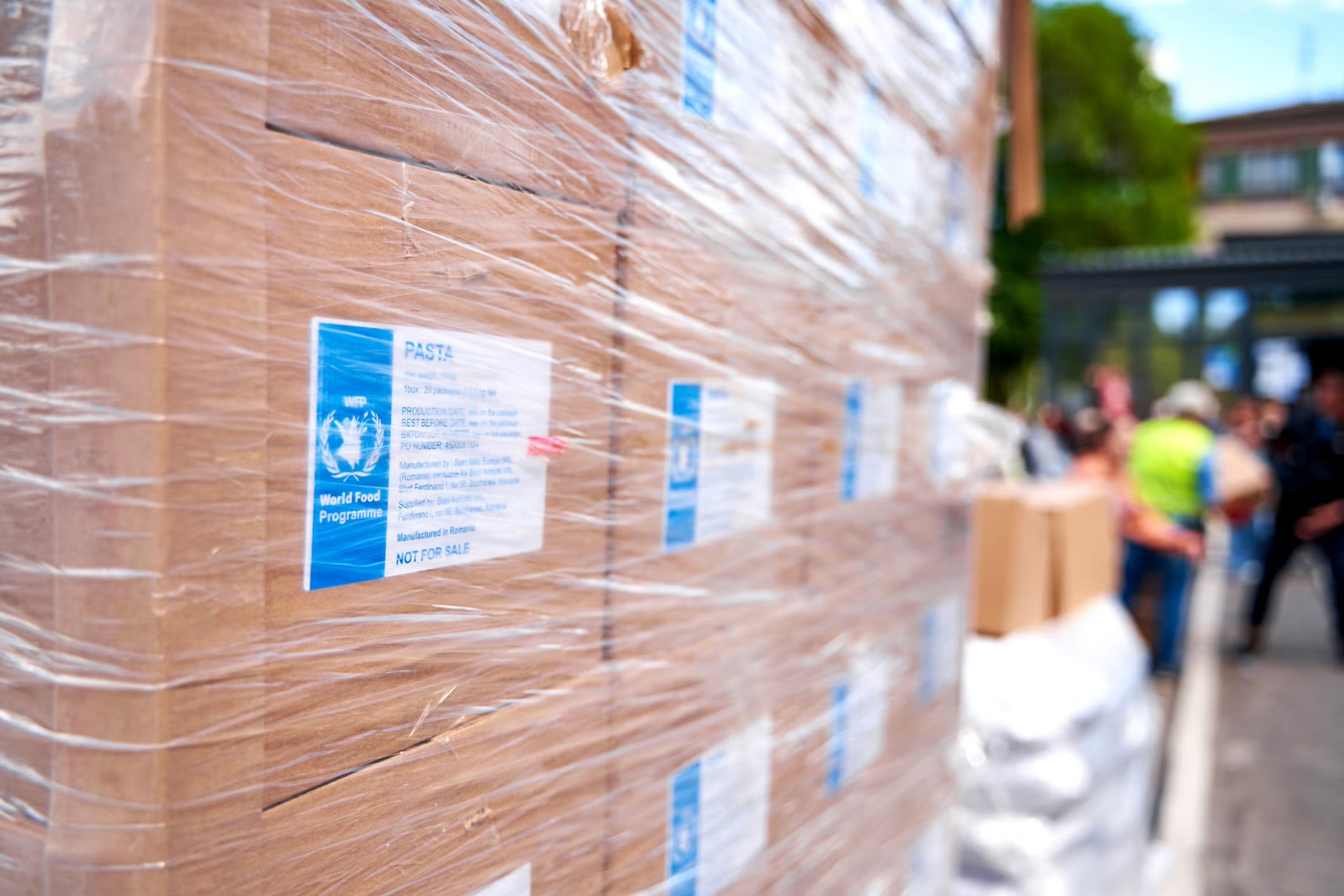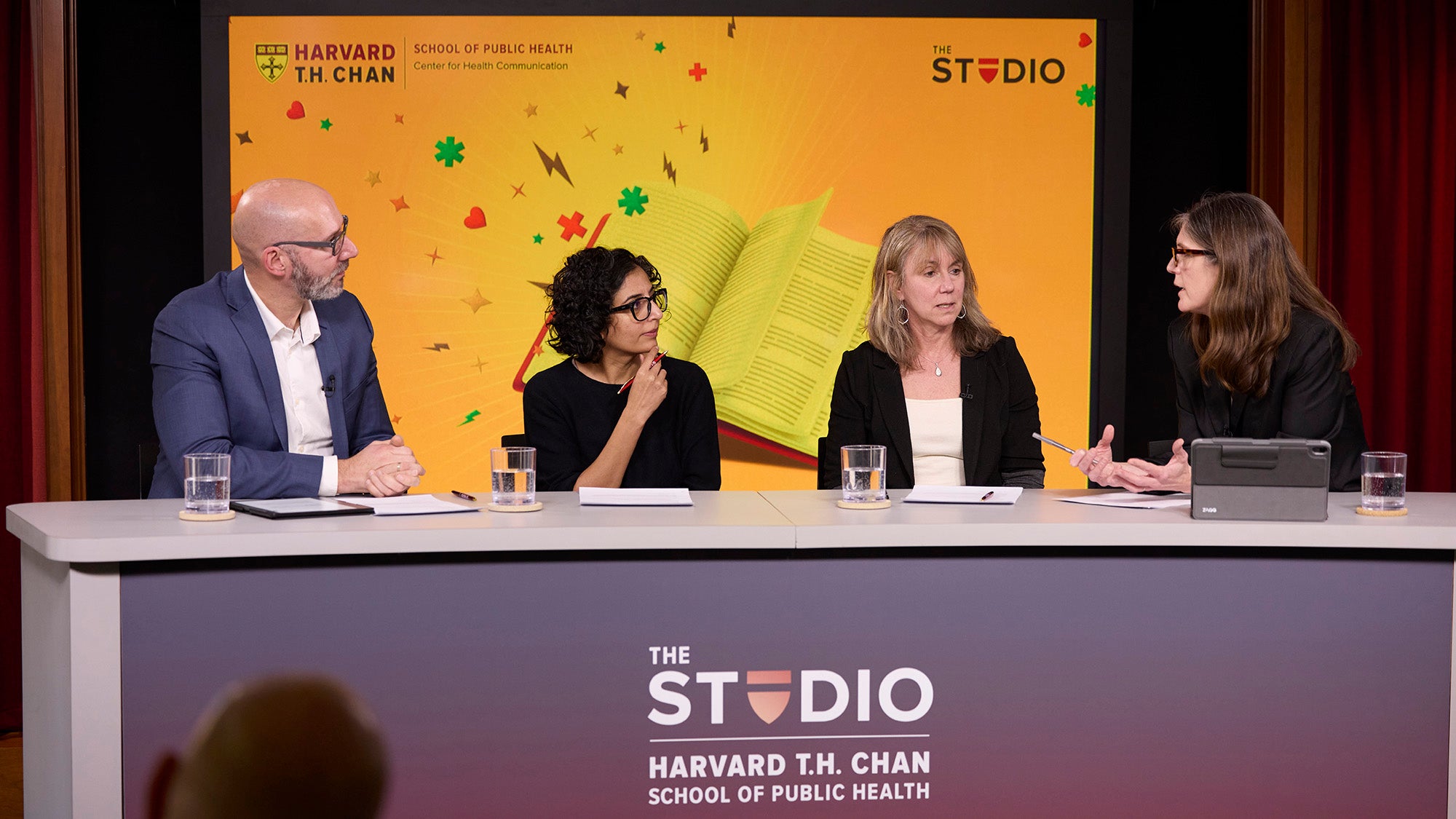New tools for preventing the next pandemic

October 20, 2022 – In November 2021, researchers in the Botswana lab of Sikhulile Moyo discovered an unexpected result as they were testing COVID-19 samples: a genome sequence of the coronavirus that contained dozens of new potentially dangerous mutations. The researchers rapidly alerted the rest of the world about the mutated virus—which eventually became known as the highly transmissible Omicron variant.
With the quick warning, public health officials ramped up vaccination programs and reimplemented social distancing measures. “Governments were able to respond in a matter of days and not months, and that was very important to try and slow the transmission,” said Moyo at an October 17 event at Harvard T.H. Chan School of Public Health. He is the laboratory director of the Botswana Harvard AIDS Institute Partnership and a research associate in the Harvard Chan School Department of Immunology and Infectious Diseases.
Technologies such as genomic sequencing have proved to be invaluable in responding to the COVID-19 pandemic and will be important in preventing future infectious disease outbreaks, according to the panel of experts who spoke at the event. Other crucial tools have included checking levels of viral material in wastewater, tracking population movements through cell phone data, and combining disparate data sources, they said.
However, they cautioned, the effectiveness of the tools depends on building trust among academic researchers, public health officials, and the general public.
Alexandria Boehm, a professor of civil and environmental engineering at Stanford University, spoke about her efforts to detect viral genetic material in wastewater in California. In November 2020, she started to look for traces of the coronavirus in sewage. Her measurements helped to predict the number of COVID-19 cases in the area. Since then, the method has become widely used across the U.S. as an early warning system for potential surges.
“Wastewater represents this amazing resource that seems to work well for surveying all sorts of infectious diseases,” said Boehm. Her team is now applying wastewater detection to emerging outbreaks, including flu and monkeypox.
“We had built up that trusting relationship with public health [officials] so that even though we didn’t know exactly what we were going to find or how it would relate to case data, they were still open and interested in seeing those results,” Boehm said.
Satchit Balsari, assistant professor of global health and population at Harvard Chan School, spoke about his work helping to develop a COVID-response tool based on cell phone location data. At the beginning of the pandemic when treatments and vaccines were not yet available, public health officials needed to know whether non-pharmaceutical interventions such as lockdowns and travel restrictions were effective. Balsari and a global network of researchers gathered anonymized, aggregated location information from cell phone towers and social media apps, using it to analyze how people’s movement affected COVID-19 case numbers. The results successfully helped local, state, and national agencies to adjust policies for specific locations around the country, he said.
Researchers are now using cell phone location data to identify other movement patterns, such as forced displacement caused by California wildfires, Balsari noted. But using the information to improve policies remains challenging, he added, particularly because people are concerned that the government will not protect their data privacy.
“That lack of trust … is precluding the partnership we need to both generate and act upon the data we have. Citizens are understandably unwilling to engage with the state or part with their data,” he said, adding that transparency is needed about how data are collected and shared.
In order to make the best use of multiple promising tools that could help prevent future infectious disease outbreaks, it will be crucial to combine different data sources, according to Marc Lipsitch, professor of epidemiology, director of the Center for Communicable Disease Dynamics at Harvard Chan School, and director of science at the recently formed Center for Forecasting and Outbreak Analytics at the Centers for Disease Control and Prevention.
“Our new center is designed … to pull in data from multiple sources and produce short-term forecasts, long-term scenario projections, and answers to analytical questions, such as: How should we formulate testing policy? How should we formulate isolation policy? Is there any benefit to closing to closing borders?” Lipsitch said.
For example, when the Omicron coronavirus variant was first detected, no one knew if it would cause severe infections. Lipsitch was part of a team that rapidly gathered genomic and clinical data. Within a matter of weeks, the researchers were able to estimate that the Omicron variant was causing less severe cases than the previously dominant Delta variant, giving public health officials a handle on what to expect.
Moving forward, combining data sources to predict COVID-19 trends will continue to be important, especially since many cases are detected using at-home tests and do not get officially reported, Lipsitch said. His team is also monitoring trends in other infectious diseases outbreaks, including monkeypox. The work depends on early detection systems being in place before a public health threat emerges. “Maintaining the momentum and the interest and not falling into the classic panic-and-then-neglect cycle of public health funding is something we have to be conscious of,” he said.


